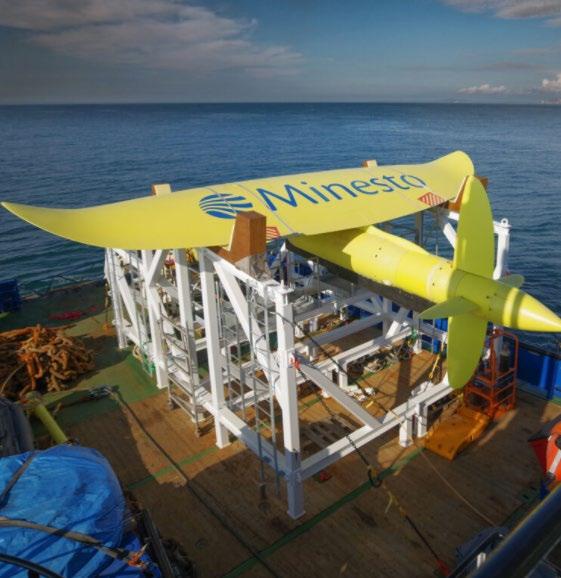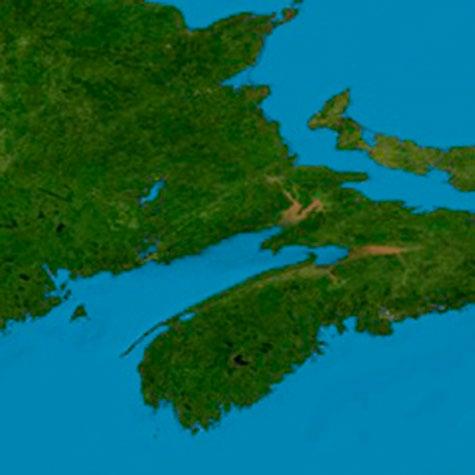
5 minute read
Underwater Noise
Changes in Oceanographic Systems
Description
Oceanographic systems include the physical processes related to the movement of ocean water, and the direct or indirect influences of these processes on marine ecosystems. The operation of large numbers of MRE devices could alter water circulation, wave heights, or current speeds, as well as remove energy from the system. These changes, in turn, could affect sediment transport, water quality, and/or marine food webs. Wave and tidal devices have the potential to affect oceanographic systems in unique ways, based on the way the devices are designed to harvest energy.
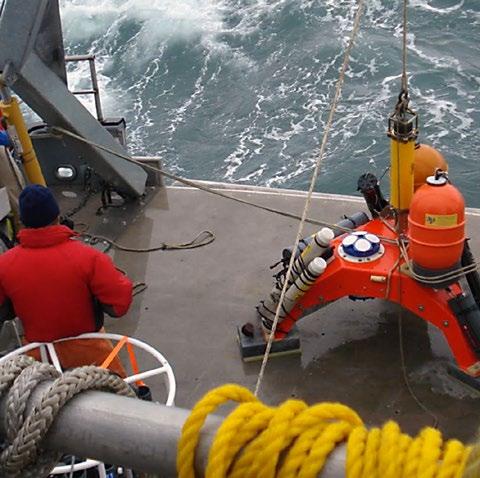
Level of knowledge/uncertainties
Our knowledge about potential changes in oceanographic systems caused by MRE devices is mainly derived from numerical model simulations. These models have been run most consistently with very large numbers of devices (tens to hundreds) at scales that have yet to be tested in the water. For these large numbers of devices, changes in circulation, wave heights, and secondary changes in water quality and sediment transport can be predicted by the models. However, for the small numbers of MRE devices now deployed (1–4 devices), any changes are too small to be measured relative to the natural variability of the ocean. Therefore, this risk can be considered low for small numbers of devices.
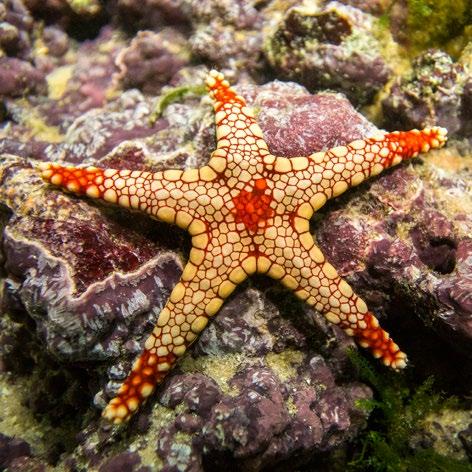
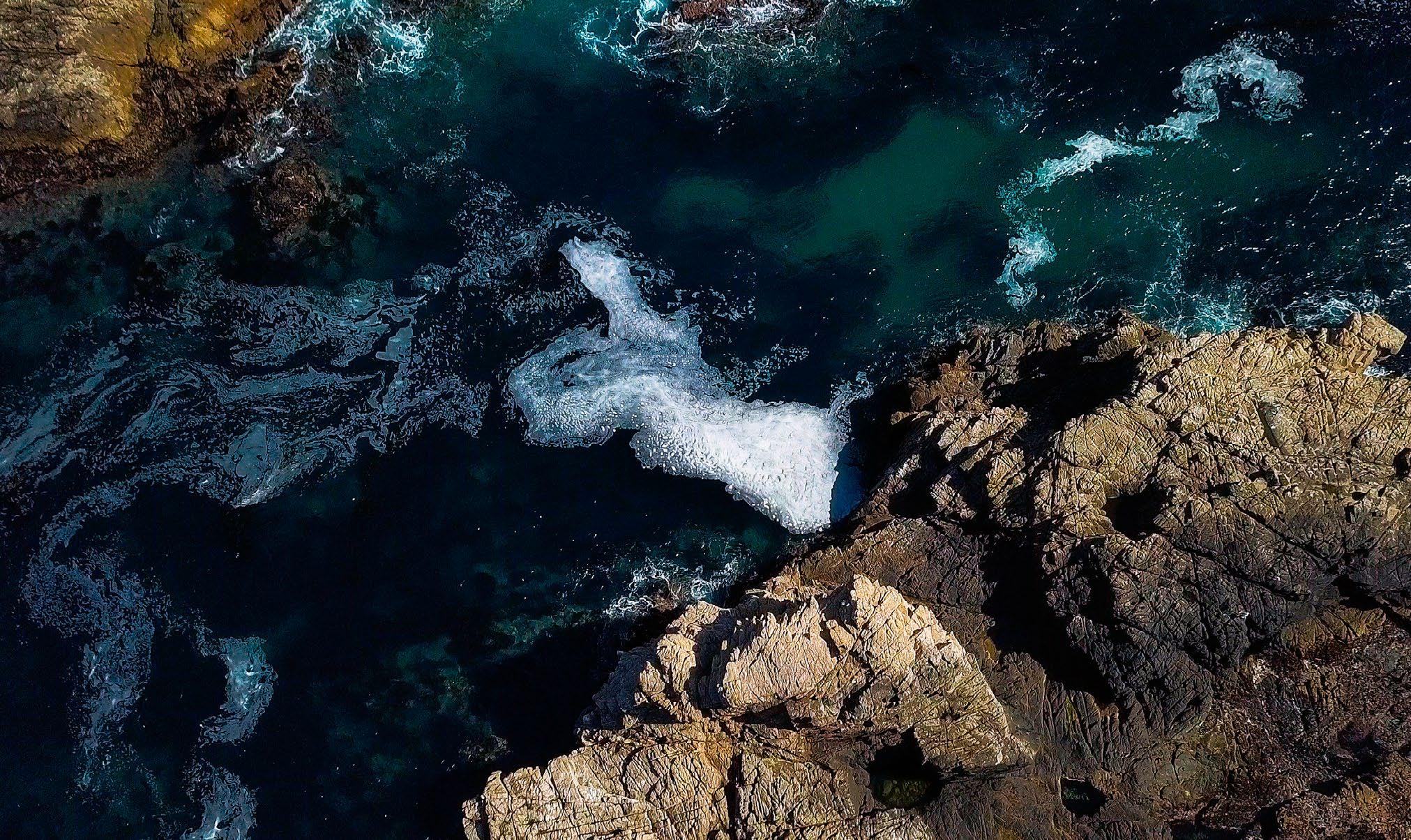
Guidance and recommendations
Working with researchers and developers to improve and validate models to understand environmental effects will be important for addressing potential effects as the MRE industry moves toward larger arrays. In addition, assessing the cumulative effects across multiple MRE projects deployed in a region could become necessary as the industry develops. However, field data collection for the small numbers of devices at the scale of present operations will not benefit assessments of environmental effects.

Oceanographic Systems
The dial summarizes the broadly understood level of risk from changes in oceanographic systems to marine animals for small numbers of devices.
MRE Case Study: Oceanographic changes from tidal energy in Minas Basin
This modeling study focused on in-stream tidal turbines in the Minas Channel of the Bay of Fundy in eastern Canada. The goal was to explore the potential impacts of these devices on the physical environment, specifically sedimentation (mobilization and re-suspension) in ocean currents and tidal flats. Three-dimensional models compared natural variability (from tides, storm surges, winds, and waves) to a single device and several configurations of arrays to predict how the MRE devices could influence water quality and flow. The study showed that only the presence of multiple turbines reduced current speed for both upstream and downstream tides, and affected the rate of sediment transport within and outside an array due to changes in bypass flow.
Canada
New Brunswick Bay of Fundy Nova Scotia United Kingdom Atlantic Ocean France
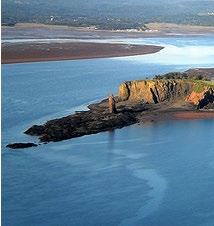
Entanglement
Description
Entanglement, or entrapment, is thought to occur when marine organisms (e.g., whales, sea turtles) become caught in a system without the possibility to escape, which can lead to injury or death. Typically, these unfortunate outcomes have resulted when marine animals encounter and become entangled in lost or abandoned fishing gear. MRE mooring lines, anchors, and cables are unlikely to be dangerous to marine animals because they have no loose ends or slack to create loops that cause entanglement. However, it is possible that entrapment may occur with large arrays of devices if an animal were to enter an array and become unable to navigate out due to the presence of multiple cables and devices.
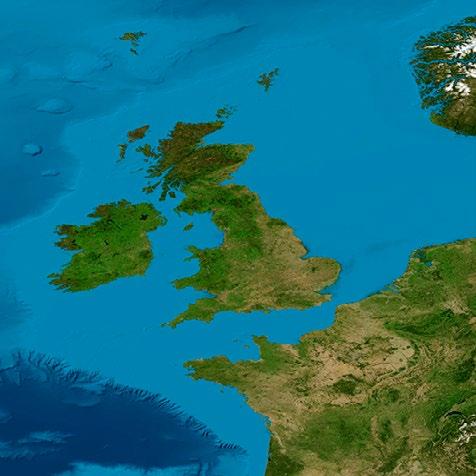

Level of knowledge/uncertainties
Most of the current knowledge comes from observations of entanglement events involving the loose or slack lines from fishing gear or telecommunication cables, which are not comparable to the fixed or taut MRE cables. As an early-stage industry, few field data are available from monitoring entanglement around MRE systems to aid in quantifying the risk, and no animals have been observed to be entangled in MRE devices or components. As more devices are deployed, we will continue to learn more about this risk. While the potential impact is likely minimal for single MRE devices with few mooring lines and cables, the probability of and associated risk for large marine animals to encounter mooring lines and cables in large arrays and experience entrapment remains uncertain.

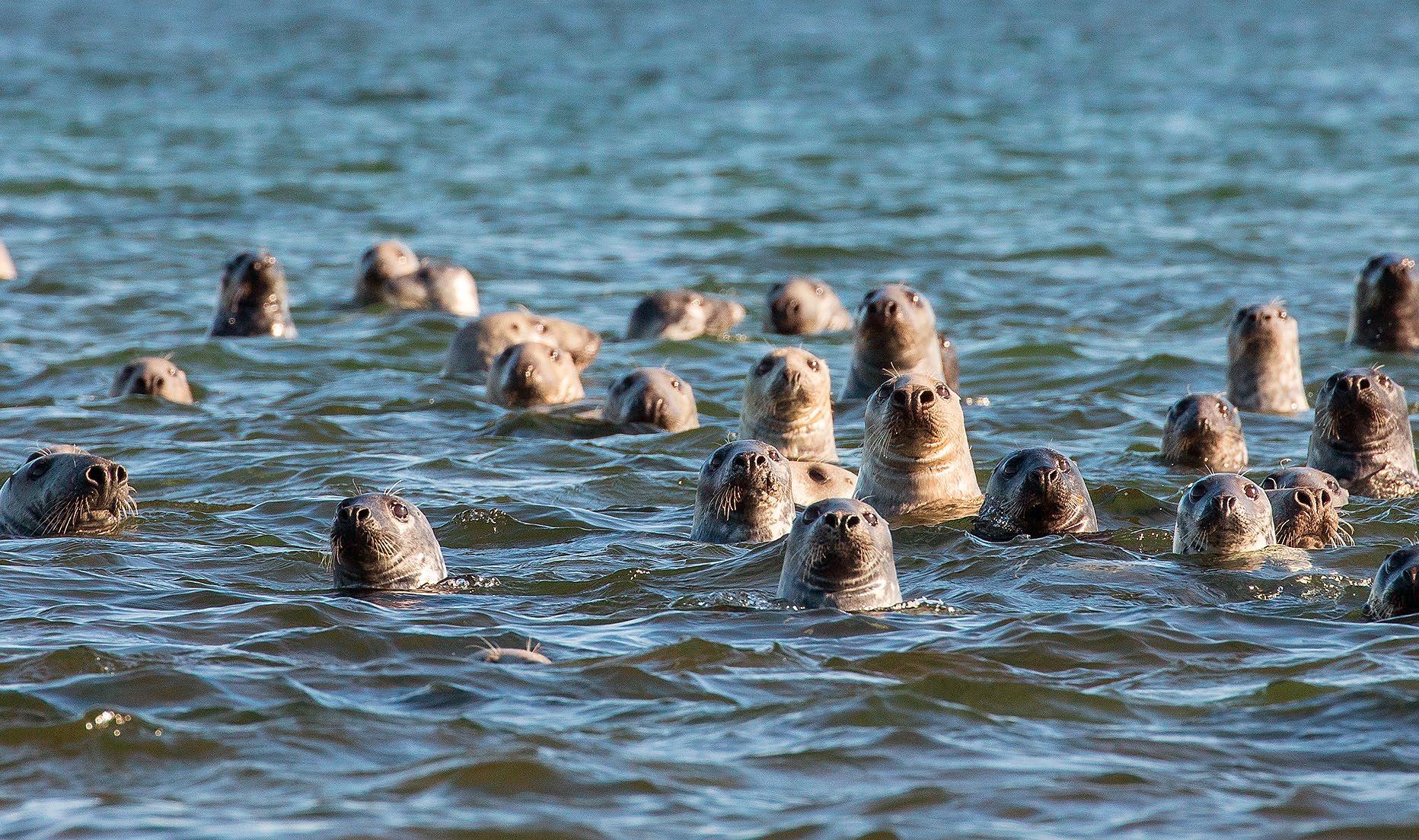
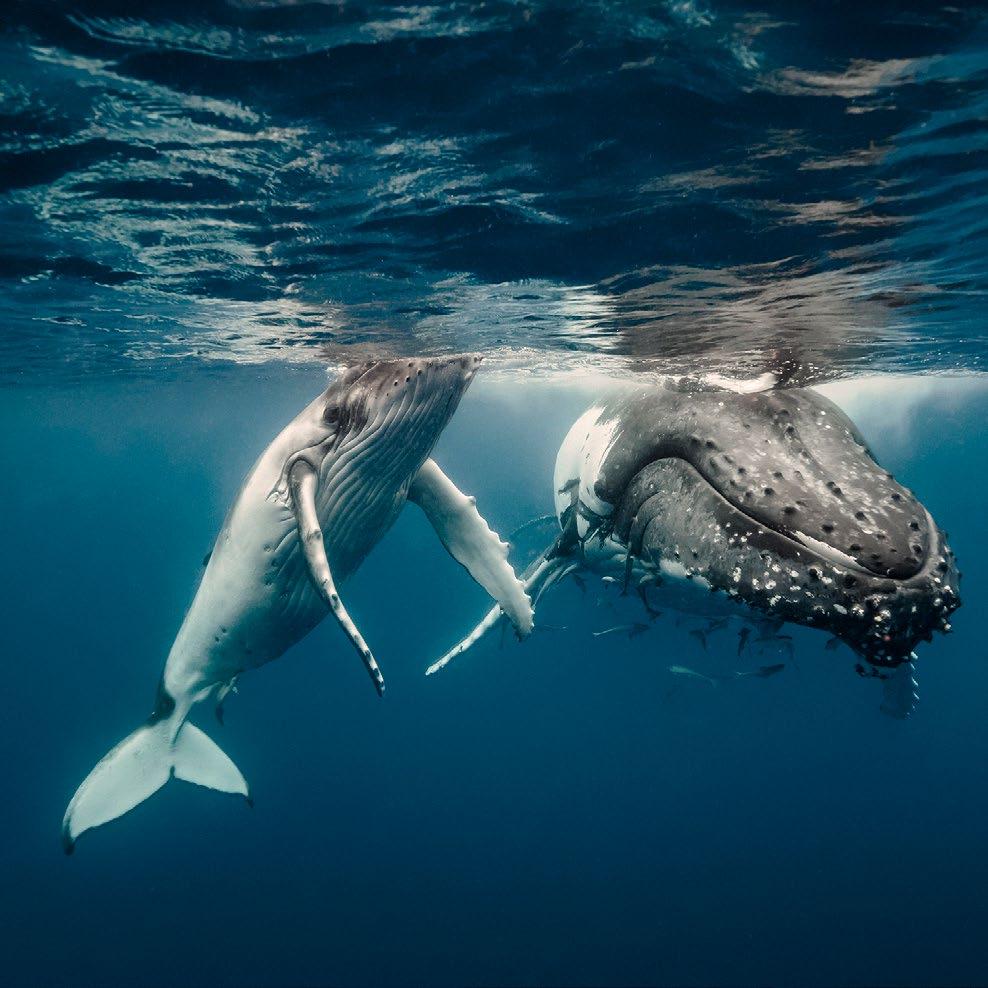
Guidance and recommendations
To assess the risk of entanglement for a particular MRE project, the swimming and diving behaviors of marine animals of concern, as well as their spatial distribution and migration patterns, should be identified and compared to features of the proposed project. Modeling of encounter potential could also improve the understanding of this risk, but empirical data are needed to test and validate existing models. Routine monitoring of the mooring systems and cables at MRE project sites will help detect any entanglement events or accumulation of derelict fishing gear. Prompt removal of debris will help reduce the risk of entanglement.
Entanglement Risks
The dial summarizes the broadly understood level of risk that marine animals become entangled for small numbers of devices.
MRE Case Study: Entanglement risk from a tidal kite at Minesto Holyhead Deep
The Deep Green Holyhead tidal project in Wales uses North Sea underwater kite Ireland devices that operNorth Atlantic Sea ate at specific depths France in fast tidal currents. The devices are securely tethered to a foundation on the seafloor, which is designed to avoid drag and tangling. During project planning, there were initial concerns about entanglement and the interaction between animals, the mooring systems, and the tidal kite. While 20 cetacean species and two pinniped species were recorded in the area prior to device installation, only 7 of these species were observed regularly at the site. The results of the biological assessment performed during pre-deployment suggested that entanglement concerns for porpoises, dolphins, minke whales, and grey seals may need further consideration, but no additional assessment was required for sea turtles, harbor seals, or basking sharks.
Norway United Kingdom
